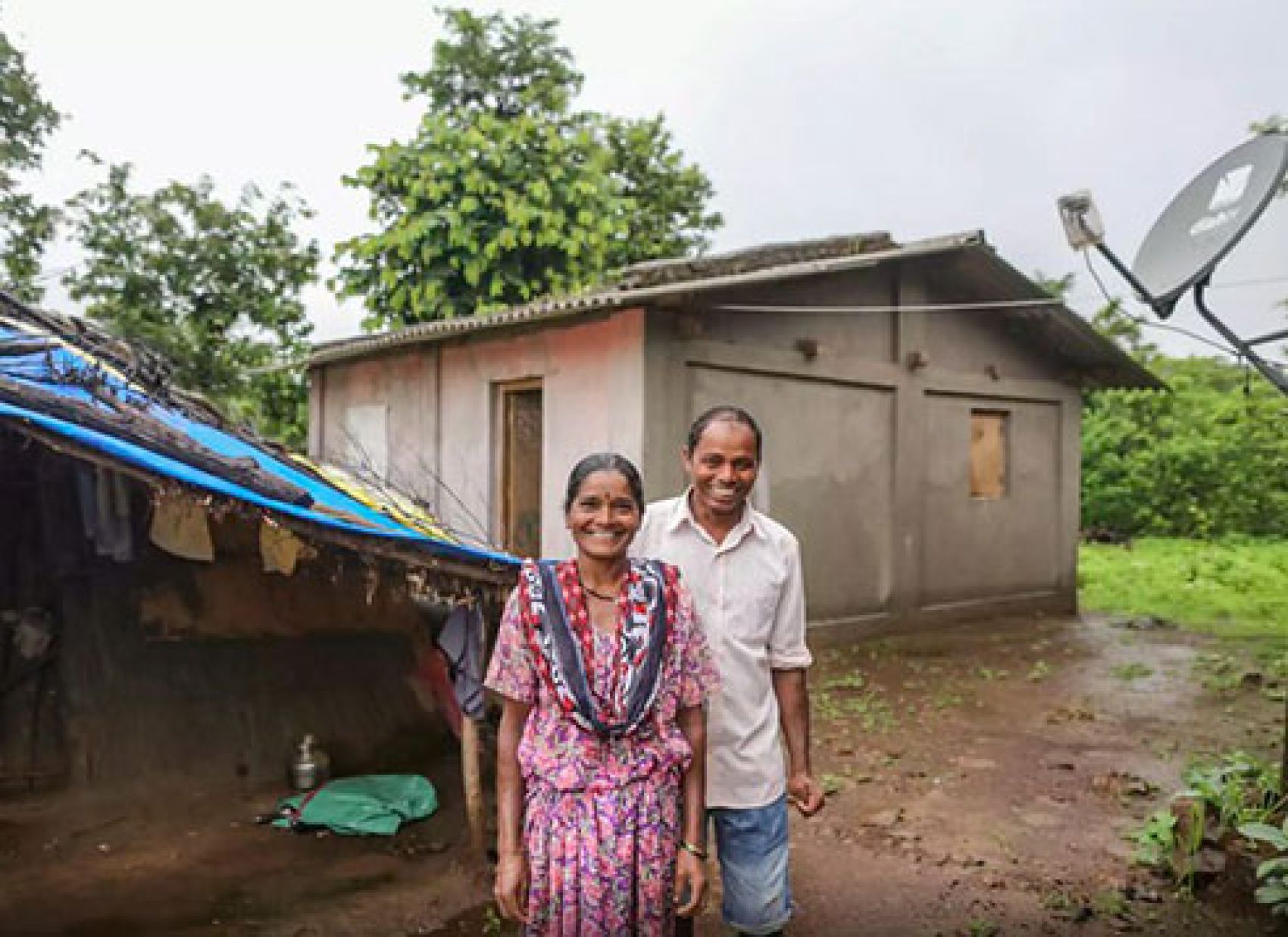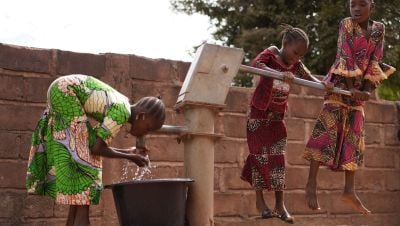The 2019 global MPI, to be released on 11 July 2019, will shed light on the number of people experiencing poverty at regional, national and subnational levels, revealing vast inequalities across countries and among the poor themselves.
By measuring the multiple deprivations people face in their daily lives - in their health, education and living conditions - the MPI goes beyond just counting the number of people who live in poverty to highlight the differences in the way people experience poverty and identifies which groups are being left behind.
This approach provides a comprehensive and in-depth picture of global poverty – in all its dimensions – and monitors progress towards Sustainable Development Goal (SDG) 1 – to end poverty in all its forms. It will also provide policy makers with the data to respond to the call of Target 1.2, which is to ‘reduce at least by half the proportion of men, women and children of all ages living in poverty in all its dimensions according to national definitions’.
Jointly developed by the United Nations Development Programme (UNDP) and the Oxford Poverty and Human Development Initiative (OPHI) at the University of Oxford, the 2019 global MPI offers data for 101 countries, covering 76 percent of the global population. It also includes a preview of ongoing research into trends over time for a group of countries including Bangladesh, Democratic Republic of Congo, Ethiopia, Haiti, India, Nigeria, Pakistan and Peru; with a detailed analysis of the growth of those furthest behind – the ‘bottom 40%’.
A High-level launch event convened by UNDP Administrator Achim Steiner under the auspices of the UN High-Level Political Forum will take place in New York on 17 July at 1:30pm EDT. Follow the livestream here.
Photo: UNDP India.


